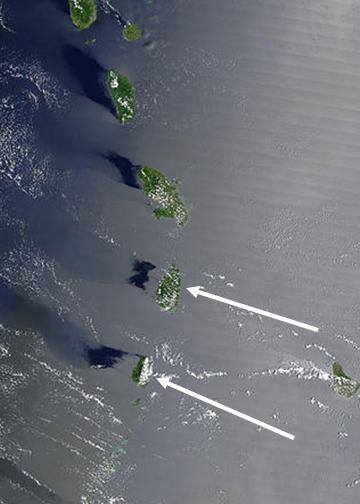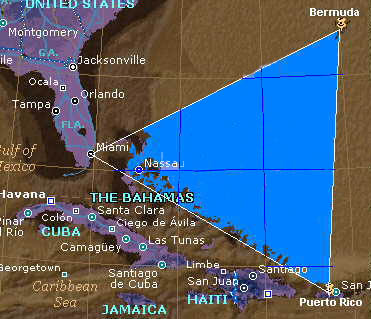The warm waters of Palau, a small archipelago in the Pacific Ocean, hold perhaps the richest and most biologically diverse coral reefs on the planet. In this "cradle of diversity," marine biologists have recorded 700 species of corals and 1,500 species of fish.
Palau's coral reefs began to grow millions of years ago when coral polyps colonized submerged volcanic mountains. The tiny polyps produced a material that cemented them in place. Side by side, they built hard, external skeletons around their soft bodies, and when they died, other corals built skeletons on top of them. Geologic forces eventually raised the coral topped mountains above the sea, and all the exposed corals died. In time, new colonies built more reefs on the islands undersea slopes.
Today, divers swimming over the coral gardens of Ngemelis Island are moved by nature's artistry and creativity. The top of this reef, just a few feet below the surface, resembles wild flowers swaying in the breeze. Here, soft coral trees and bushes seem to have been painted in stunning shades of green, red, yellow, and orange.
Among the many fish species fluttering around gracefully are yellow butterflyfish, blue-headed wrasses, and emperor angelfish-black masked and striped. Not so graceful, though, is the mango-size puffer, a fish that sucks in water when startled and inflates its body to the size of a football. Sharp spikes stick out in all directions and are quite a deterrent to potential predators. Another cumbersome swimmer is the pear-sized trunkfish, whose tough, trunklike body is difficult for predators to chew.
Nestled among the Ngemelis corals are giant clams. These two- or three-foot-long creatures, depicted in early movies as being able to grab divers' feet, feed harmlessly on plankton-not divers. And poking ever so slightly out of cracks in the corals are green and red brittle stars. Related to sea stars, these animals grow arms that break off easily if bitten by predators or touched by scuba divers. Brittle stars hide until sundown, but at night they crawl out, spread their arms, and feed on plankton.
Sometimes the best way to observe fish is to find a sandy patch, settle down, and wait, letting them get accustomed to you. And a good technique for finding a particular kind of fish is to look from right to left, rather than left to right-the usual way in which people view things. Looking in this manner slows down the viewing process and increases the odds of sighting an animal.
Not difficult to spot are watermelon-size cuttlefish hovering in the water. Related to the octopus and squid, these members of the cephalopod group can change their colors, patterns, and shapes so that they sometimes look like floating plants or free-swimming octopuses, their arms tickling unseen objects. Another master at deception is the crocodilefish. A lie-in-wait predator, this three-foot-long fish has an uncanny resemblance to its reptilian namesake.






